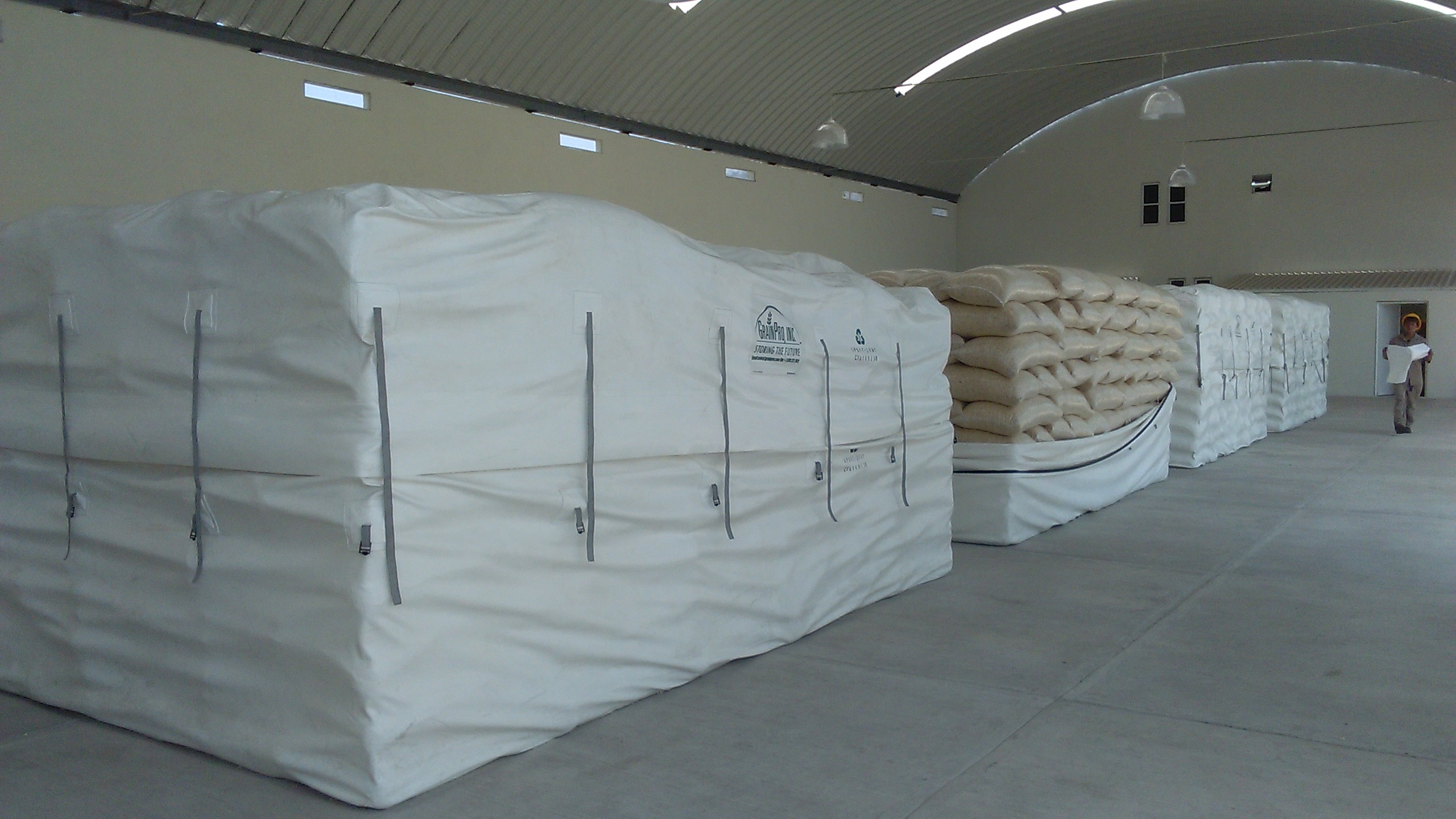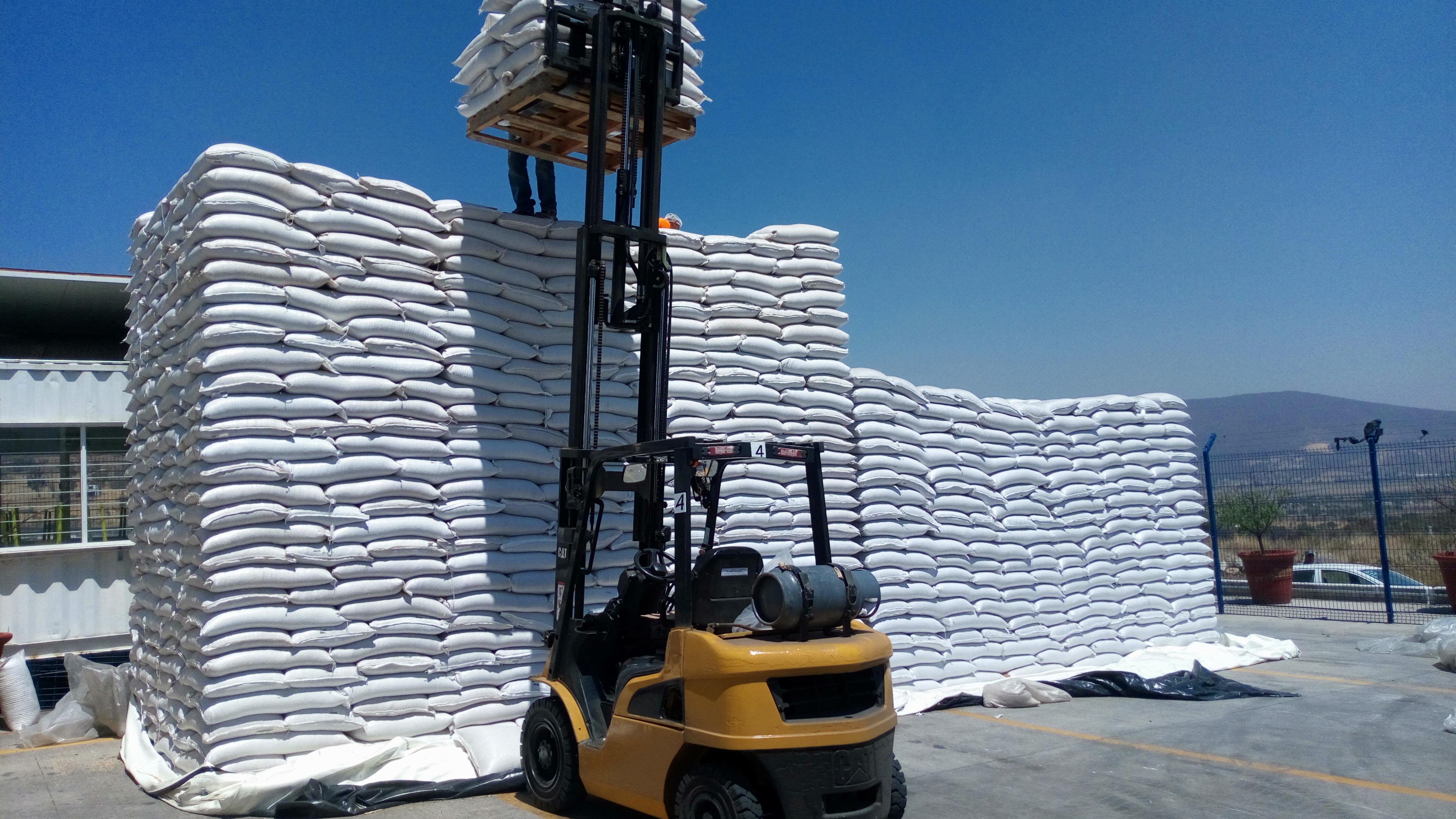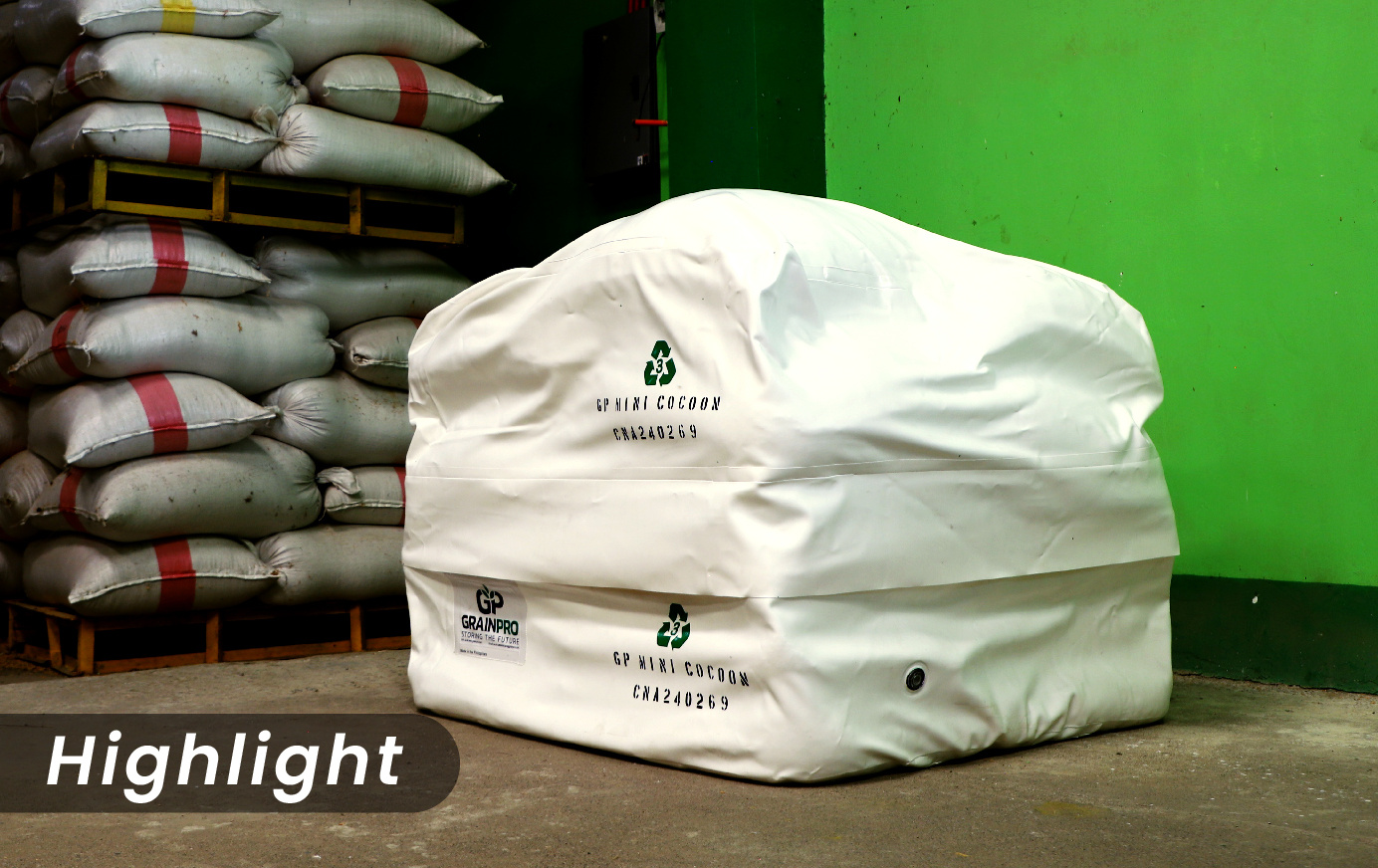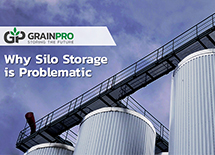Many of those in the agricultural sector are familiar with silo storage as a means to hold bulk commodities such as grains, cement, coal, and many other products. This popular storage option has been around for many decades, becoming mainstream since the modern upright silo was known to be made back in the 1870s.
Since then, many types have been developed as variations to the classic vertical stand-alone silo. One such type is the open-top silo, which is often made of concrete and stores products that need a continuous flow of fresh air. Another is the bunker silo, a horizontal silo that is built above ground level. Operations for this type of silo often need tractors and loaders to stock materials. The trench silo, on the other hand, is built in a dug-out pit lined with a concrete or wooden wall to hold commodities.
Silo Complications
However, these silos can have major problems if not maintained properly. Because silos need to withstand normal as well as traction pressure produced by commodities inside, structural integrity must be ensured for safe usage. Data suggests that silo failures are among the most frequently occurring incidents that involve industrial structures, perhaps due to misuse or deterioration.
Incidents include explosions, collapse, corrosion, and deterioration. In rare cases, silos that have exploded or collapsed cause additional damage to adjacent infrastructures. Some even cause accidental deaths of workers.
Apart from that, commodities within the silo can create dust, mold, and gasses that can be hazardous. When inhaled, this can cause allergies and respiratory diseases. Exposure to silo gases is also one of the main causes of silo-related injuries, illnesses, and deaths.
Due to these complications, It is a must to have additional precautions and resources. A qualified person is needed to evaluate and certify that a silo is safe. It is also necessary to have a rescue plan, emergency resources, and crews to ensure safety.
Alternative Solutions
As a substitute, hermetic technology is sought by farmers, traders, and handlers as storage solutions for their dry commodities. In Mexico, this cost-efficient option is used with the help of the concept of a modified atmosphere to control insect infestation and prevent mold growth, which often occurs in silos. Locations in Mexico and many other countries have embraced hermetic technology as a way to avoid problems caused by silos.

A GrainPro Cocoon in Mexico
By preventing gas exchange, insects and commodities inside hermetic storage naturally use up the stored oxygen and expel carbon dioxide. As time passes, the carbon dioxide levels begin to build up and become a natural asphyxiant once the oxygen is depleted. This ensures that insects in all life stages (from egg to adulthood) are eliminated.
Read more: How to Prevent Rice Weevils in Commodities
Additionally, hermetic storage is also moisture-tight. This reduces the risk of mold growth and its substance, such as aflatoxin. This eliminates the worry of ingesting aflatoxin-laced food, which could potentially lead to kidney or liver failure.
Read more: Reducing Health Risks by Preventing Mold Growth
This is why many traders and handlers in Mexico currently use the GrainPro Hermetic Cocoon in order to store maize and other dry agricultural commodities. This step ensures that the quality and volume of their products are maintained without the risks and costs that come with silo use.
Read more: All You Need To Know About Hermetic Storage

A Cocoon being loaded
To learn more about GrainPro's sustainable hermetic solutions, click below.
Date Published: May 9, 2019





